planets
Researchers Fly Kites on Earth to Study Mars
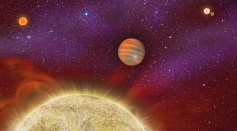
Astronomers Discover Planet in Multiple Star System
Jupiter and Its Moons Set to Put on Astronomical Show
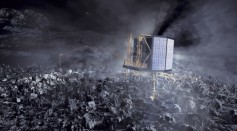
Comet Awakes As It Approaches the Sun
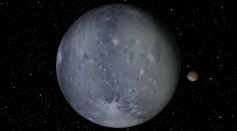
Could More Dwarf Planets Lie Beyond Pluto
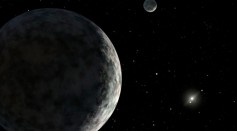
New Planets Hiding In the Shadow of Pluto
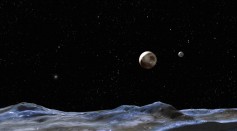
New Study Reveals Prospective Planets Just Beyond Pluto—And There May Be More Than One
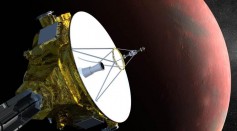
Up and Ready for Business—NASA’s New Horizons Probe Wakes 2.9 Billion Miles Away
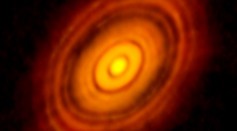
What the Taurus Constellation Can Teach Us About Our Solar System’s Birth
Most Popular

How Technology Is Changing the Real Estate Industry?

How a Plant-Based Diet Can Protect Against Breast Cancer: Insights from Nutrition Research

Study Reveals High Turnover in Scientific Research Careers: What This Means for Future Scientists

Why It's So Difficult to Lose Weight: The Biological Explanation Behind Obesity





